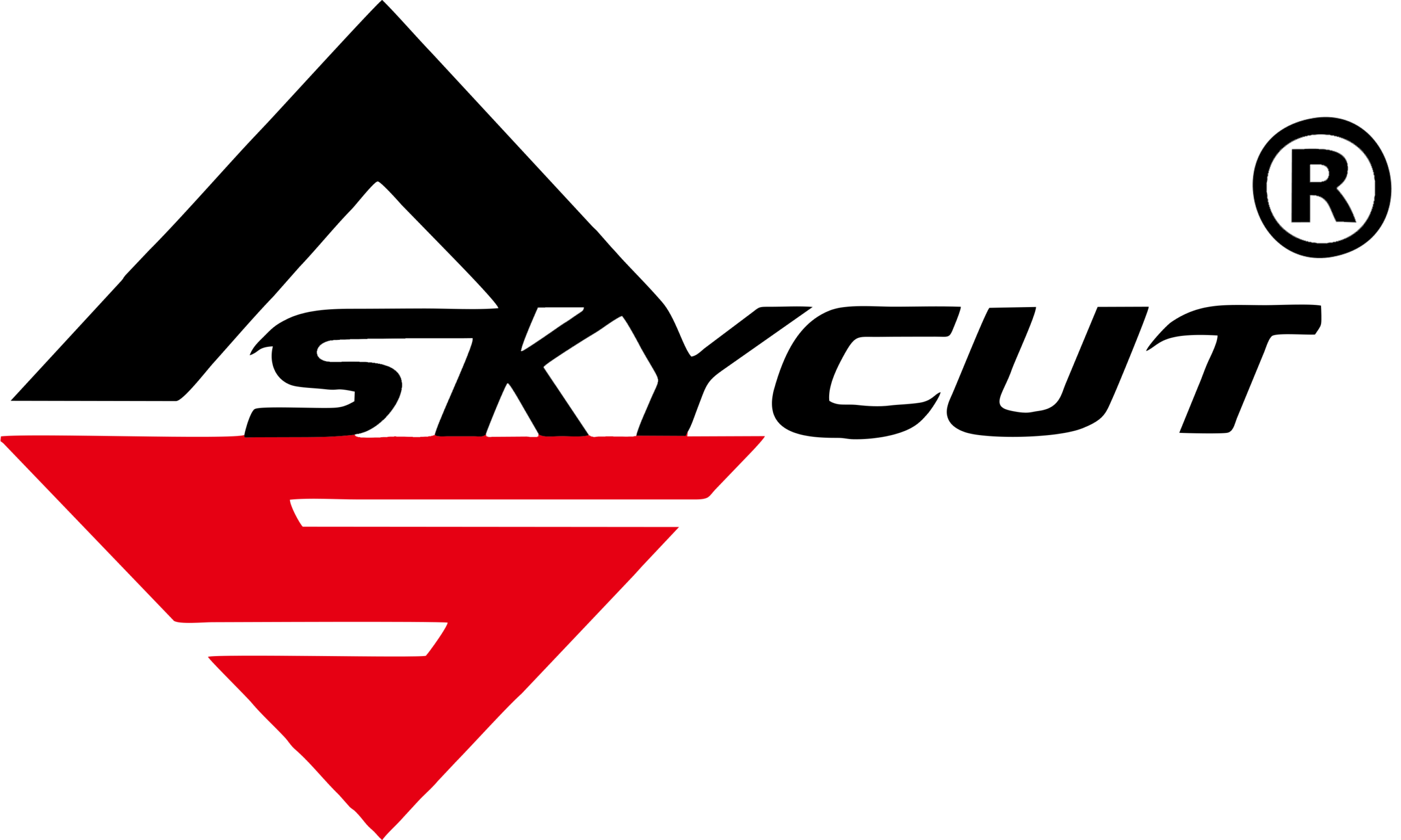Introduction to Printer and Plotter
Knowing the difference between a printer and plotter is very important when talking about digital design tools. Though their goals and technologies differ greatly, both systems produce visual results. A plotter draws vector-based graphics on bigger surfaces using pens or blades, whereas a printer creates digital images on paper with ink.
At Skycut Pakistan we provide cutting machinery for designers and businesses who require accuracy and precision. Understanding how every machine functions – whether it’s sign-making, textile design, or packaging – helps you to choose the perfect one.
Printer vs Plotter – How They Work
Understanding Printers
A printer produces pictures or words by spraying ink or applying toner on paper. Pixel by pixel, it creates raster-based outputs such as brochures, documents, or images. Laser and inkjet printers are the most often found kinds.
Inkjet printers are excellent for colorful images since they use liquid ink. In contrast, laser printers employ toner and heat for quick printing. They work best for organizations needing quick document creation.
How Plotters Operate
A plotter works in several ways. Line drawing straight on materials is done with a pen, knife, or stylus. It generates vector images (made of mathematical paths, lines and curves) instead of raster images (made of pixels). These are scalable, meaning their definition stays constant independent of their size.
Engineering drawings, banners, and cutting vinyl materials usually use plotters. For artists, sign-makers, and architects who need accuracy more than what a conventional printer can offer, the cutting plotter from Skycut Pakistan provides exact performance.
When to Use a Printer or a Plotter
Home, educational, and workplace settings are most suited for printer use. Printing reports, pictures, fliers, and other everyday activities is ideal for them. Particularly when printing text-heavy items, the procedure is fast and affordable.
By contrast, a cutting plotter or Skycut cutter is great for sectors requiring precise, elaborate designs. Engineers use plotters, for example, for CAD drawings; sign-makers cut vinyl graphics for advertising panels. Designers of fashion also use them to develop patterns with great accuracy.
Professionals can get sharp cuts on fabric, paper, vinyl, and other materials using a Skycut cutting plotter, perfect for technical and creative endeavors.
Key Differences Between Printer and Plotter

Technology
The fundamental distinction between printer and plotter stems from the way they generate pictures. Plotters draw lines while printers spray ink. Printers often restrict themselves to paper, whereas plotters can cut or create on a range of materials.
Output Type
For papers and images, printers produce raster images. Ideal for blueprints, logos, and designs needing resizing without loss of clarity, plotters generate vector images.
Speed and Precision
For general printing, printers are faster; however, they lack the accuracy required for technical drawings. Though plotters move slower, they guarantee every line and curve is perfect, this is particularly true for Skycut machinery.
Cost and Usage
Affordable printers are best for regular users. For experts needing continuous quality for extensive or complex projects, plotters are an investment. Your project needs and expected results will help you to decide between the two.
Why Skycut Pakistan is the Right Choice for Plotting Solutions
We provide advanced Skycut cutter and cutting plotters to assist design, printing, and manufacturing companies. Advanced software compatibility guarantees flawless performance for all forms of vector graphics in our machines.
From architectural drawings to signage, a Skycut cutting plotter offers unmatched accuracy. Powerful motors and built-in LCD interface simplify every aspect control. Unlike conventional printers, Skycut plotters can cut complicated designs and patterns on fabric, sticker sheets, and vinyl.
Every Skycut model is made for long lasting performance. Our equipment guarantees durability, reliability, and precision in every cut whether you are a novice or a professional designer. For individuals who appreciate accuracy and quality, Skycut Pakistan is the preferred brand.
Choosing Between Printer and Plotter
In essence, printers and plotters differ in technology, accuracy, and use. A Skycut cutting plotter offers professional-level results for complex designs and vector-based artworks, whereas a printer effectively handles fundamental printing chores.
Explore Skycut Pakistan’s range of cutting plotters now if you want to improve your business output or design initiatives. Visit our website or get in touch with us to discover the ideal Skycut cutter for your artistic demands.
Frequently Asked Questions
Q1: What is the main difference between a printer and a plotter?
The main difference between printer and plotter is how they produce output. A printer sprays ink to create raster images, while a plotter uses pens or blades to draw or cut vector graphics.
Q2: What are the advantages of using a cutting plotter?
A cutting plotter provides speed, flexibility, and accuracy. Perfect for signage, stickers, and other custom artwork projects, it can create complex designs on materials including vinyl, paper, and fabric.
Q3: Can a Skycut cutter replace a regular printer?
No, a Skycut cutter is meant for drawing or cutting, not for printing therefore it cannot replace a printer.
Q4: Which industries benefit most from using a plotter?
Engineers, architects, advertising, textile, and graphic designers all employ plotters extensively.
Q5: Why should I choose Skycut for my cutting plotter needs?
Every Skycut model has sophisticated technology, strength, and accuracy. For both novices and experts, our Skycut cutters include high-speed motors and user-friendly LCD displays.

